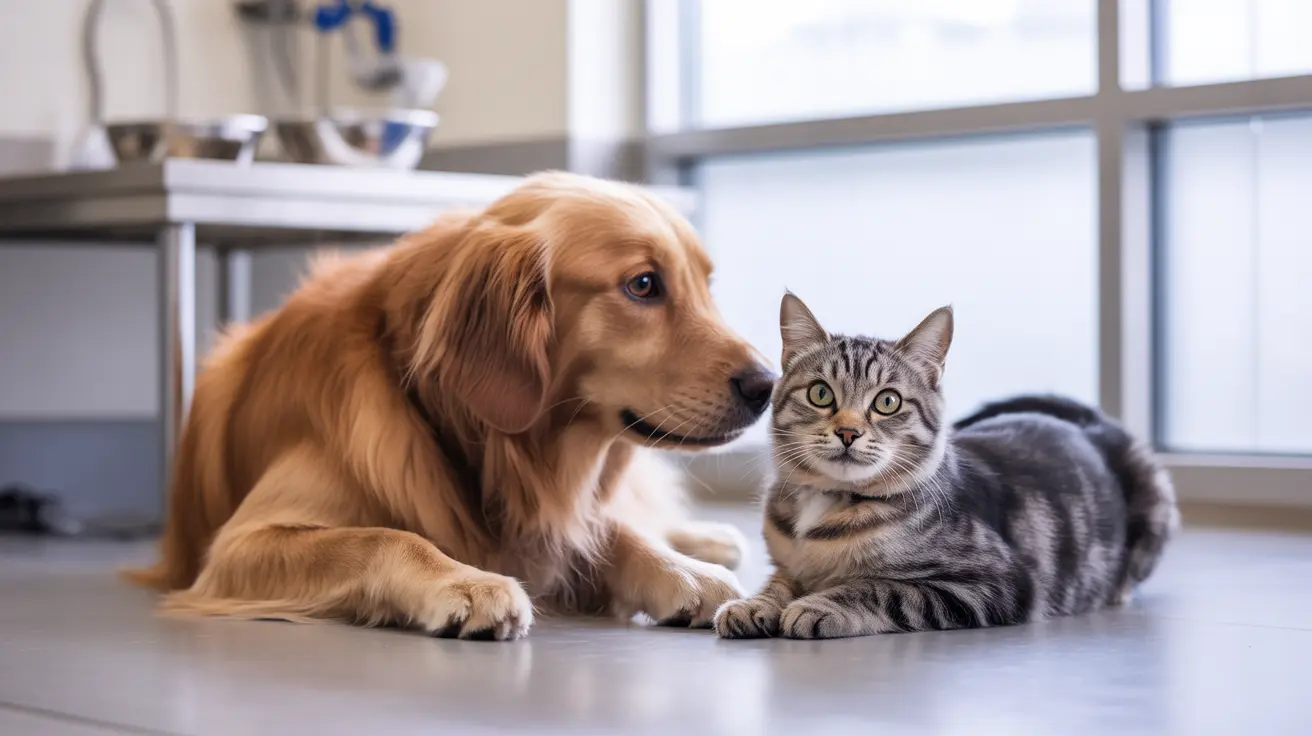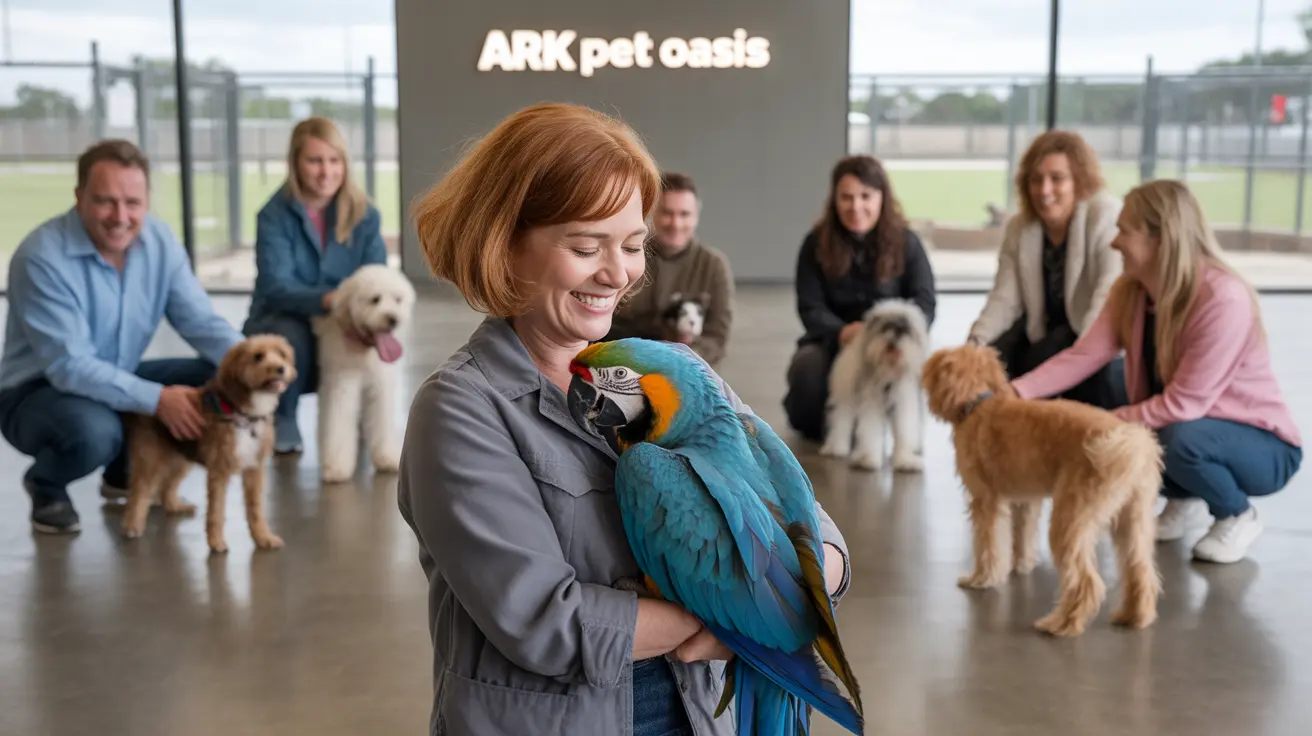If you're a dog owner concerned about your pet's anal health, you might wonder if dogs can get hemorrhoids like humans do. The short answer is that true hemorrhoids are extremely rare in dogs. While your furry friend may display symptoms similar to hemorrhoids, these signs usually indicate other underlying conditions, particularly anal gland problems.
Understanding the difference between human hemorrhoids and canine anal issues is crucial for proper pet care and treatment. Let's explore what's really happening when dogs show signs of anal discomfort and what you can do to help them.
Understanding Canine Anal Health vs. Human Hemorrhoids
Unlike humans, dogs have a different anatomical structure that makes true hemorrhoids (swollen blood vessels in the rectum and anus) uncommonly rare. What most pet owners mistake for hemorrhoids is usually related to anal gland issues, which are far more common in our canine companions.
Dogs have two small anal glands located on either side of their anus that normally empty during defecation. When these glands become impacted or infected, they can cause symptoms that mimic hemorrhoids.
Common Causes of Anal Discomfort in Dogs
Several factors can contribute to anal discomfort in dogs:
- Anal gland impaction or infection
- Dietary issues leading to constipation
- Obesity and lack of exercise
- Allergies or skin infections
- Parasitic infections
- Perianal fistulas
Recognizing the Signs of Anal Problems
Watch for these common symptoms that might indicate anal gland issues or other problems:
- Scooting or dragging the rear end across the floor
- Excessive licking or biting at the anal area
- Visible swelling around the anus
- Difficulty or pain during defecation
- Strong, unpleasant odor from the anal area
- Blood or discharge in the stool
Treatment and Management Options
The appropriate treatment depends on the underlying cause of your dog's symptoms:
- Manual expression of anal glands by a veterinary professional
- Antibiotics for infections
- Dietary modifications to improve stool consistency
- Anti-inflammatory medications when necessary
- Warm compresses for comfort
- Surgery in severe or chronic cases
Prevention Strategies
Taking proactive steps can help prevent anal health issues in your dog:
- Maintain a balanced, high-fiber diet
- Ensure regular exercise
- Keep your dog at a healthy weight
- Schedule regular veterinary check-ups
- Monitor bowel movements for changes
- Address any signs of digestive issues promptly
Frequently Asked Questions
Can dogs actually get hemorrhoids, or is it something else causing anal discomfort?
While dogs can technically develop hemorrhoids, it's extremely rare. Most cases of anal discomfort in dogs are caused by anal gland problems, infections, or other conditions rather than true hemorrhoids.
What are the common symptoms that indicate my dog might have anal gland problems or hemorrhoid-like issues?
Common symptoms include scooting, excessive licking of the anal area, visible swelling or redness around the anus, difficulty defecating, and a strong, unpleasant odor from the rear end.
How can I safely treat or relieve my dog's anal discomfort at home before seeing a vet?
You can apply warm compresses to the area, ensure proper hygiene, and add fiber to their diet. However, it's important to have a veterinarian examine your dog to determine the underlying cause before attempting any treatment.
What are the main causes of anal gland issues in dogs, and how can I prevent them?
Anal gland issues often result from poor diet, obesity, lack of exercise, or anatomical predisposition. Prevention includes maintaining a proper diet with adequate fiber, ensuring regular exercise, and scheduling routine veterinary check-ups.
When should I take my dog to the veterinarian for anal swelling or signs of pain around their rear end?
Seek veterinary care immediately if you notice persistent scooting, bleeding, swelling, obvious pain, or any unusual discharge from the anal area. Early intervention can prevent more serious complications.
Conclusion
While true hemorrhoids are rare in dogs, anal health issues require attention and proper veterinary care. Understanding the differences between human hemorrhoids and canine anal problems helps ensure appropriate treatment and better outcomes for your pet. Always consult with your veterinarian when you notice any concerning symptoms in your dog's anal area.






